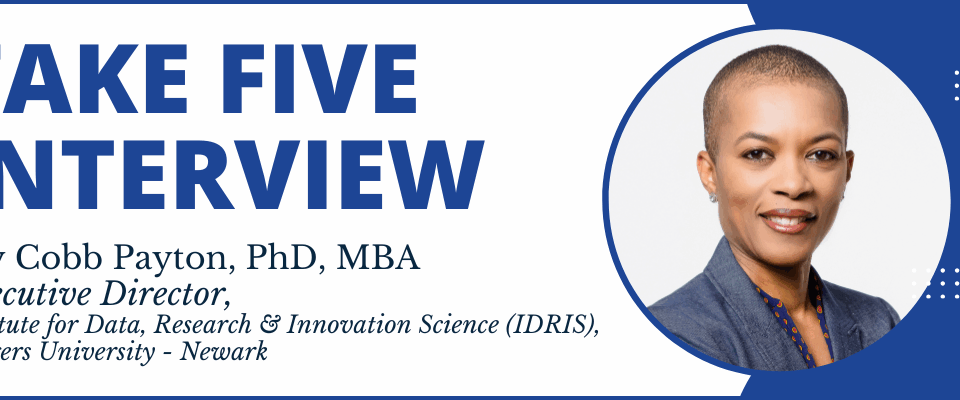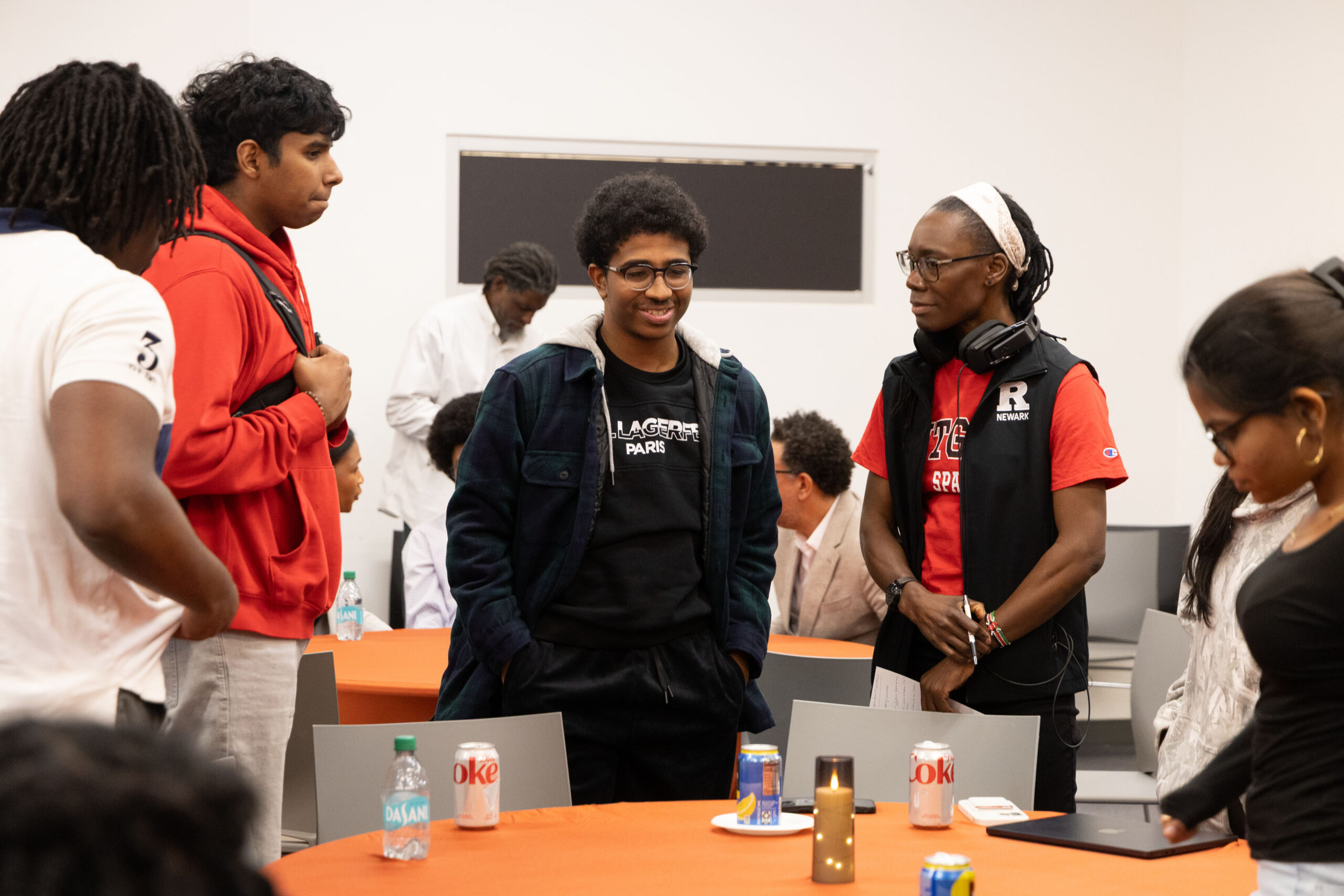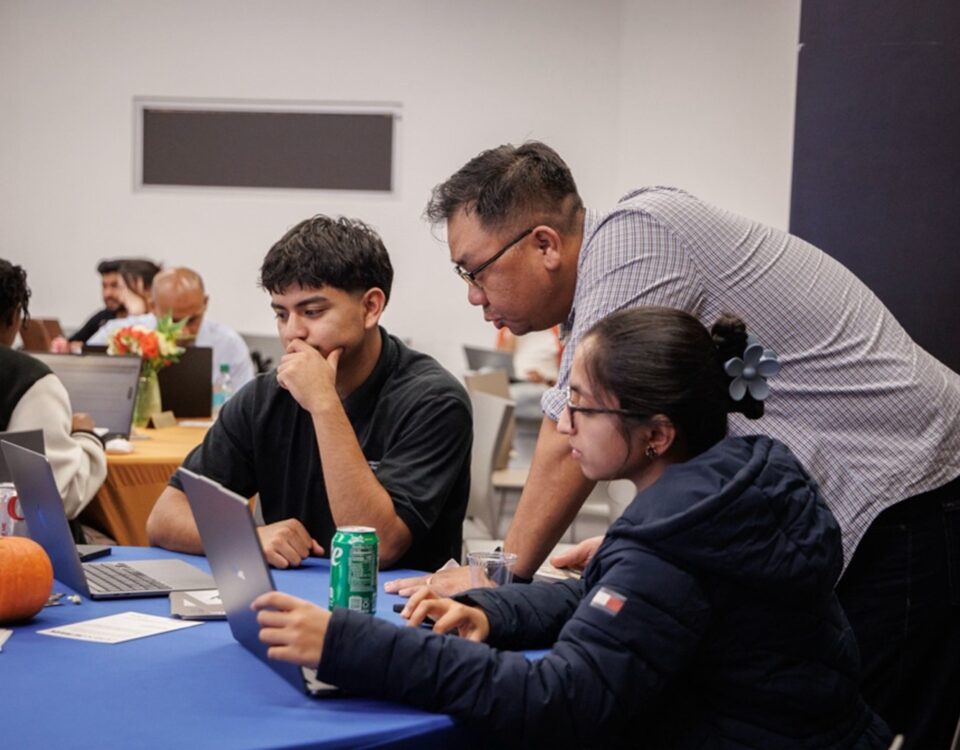Analyzing (Big & Small) Data Capture and Availability in EMRS: Key Takeaways from Dr. Michelle L. Rogers’ Lecture
November 18, 2024Data and Software Drivers in Computational Sensing: Key Takeaways from Dr. Stefan Robila’s Lecture
February 19, 2025Rotten Trees: Racism and Bad Apples in American Policing: Key Takeaways from Dr. Rashawn Ray’s Lecture
Speaker: Dr. Rashawn Ray, Ph.D
Data, Innovation, and Community Engagement Distinguished Lecture Series
Introduction
In this lecture, Dr. Rashawn Ray examines systemic racism in American policing and how technology, activism, and data can drive reform. Drawing on extensive research from The Lab for Applied Social Science Research, Dr. Ray explores how social media and virtual reality tools can both reveal and address disparities in law enforcement practices.
Key Insights
- Social Media and Activism: Social media helped to drive Black Lives Matter into becoming a revolutionary movement because it transformed how activists communicate with the public.
- Tracking Knowledge and Awareness: Social media analysis allows us to track knowledge about policing incidents and the popularity of activists and slogans.
- Leveraging Technology for Training: Virtual reality technology can be leveraged to reduce bias in policing by improving training for law enforcement.
“Technological advances via mobile phones and social media are used to showcase disparities in policing and help increase police accountability. It can also be used as a training tool to reduce bias.”
Why It Matters
Dr. Ray’s research underscores the need to move beyond surface-level police reforms and address the deeper structural and cultural issues that perpetuate racial bias. His findings suggest that data-driven approaches, including virtual reality simulations and strategic funding reallocation, can play a transformative role in advancing equity and accountability in policing.




